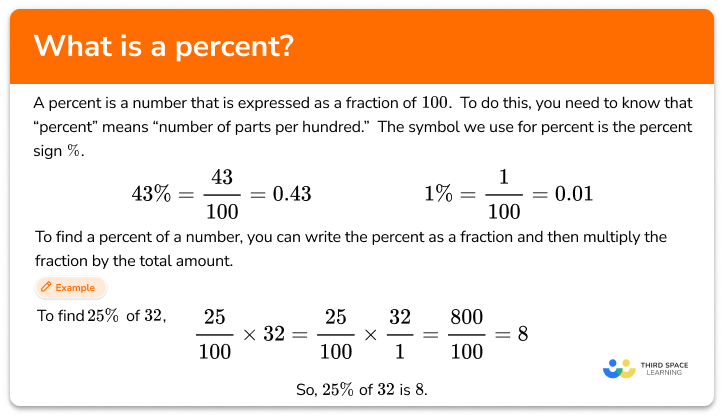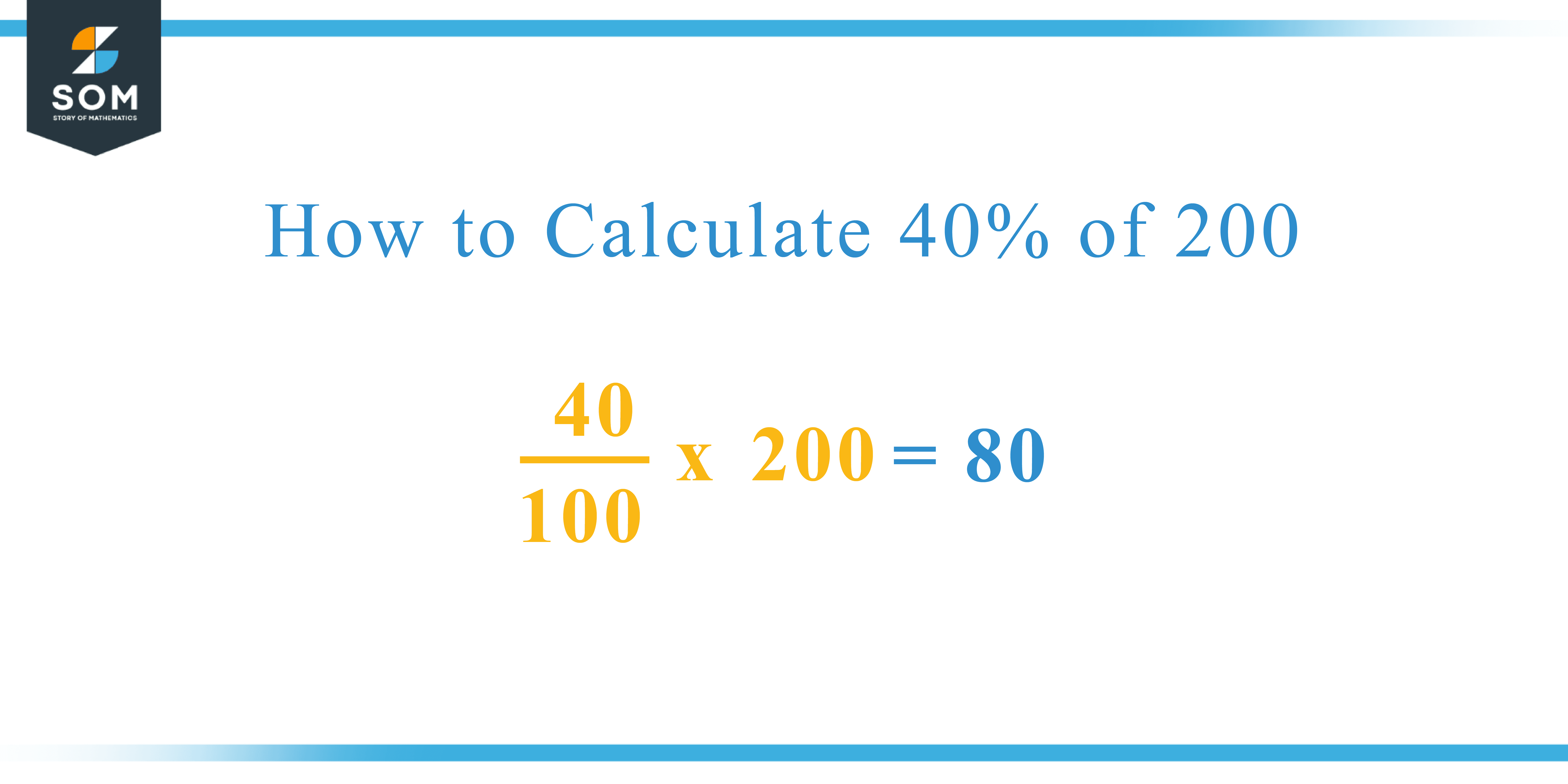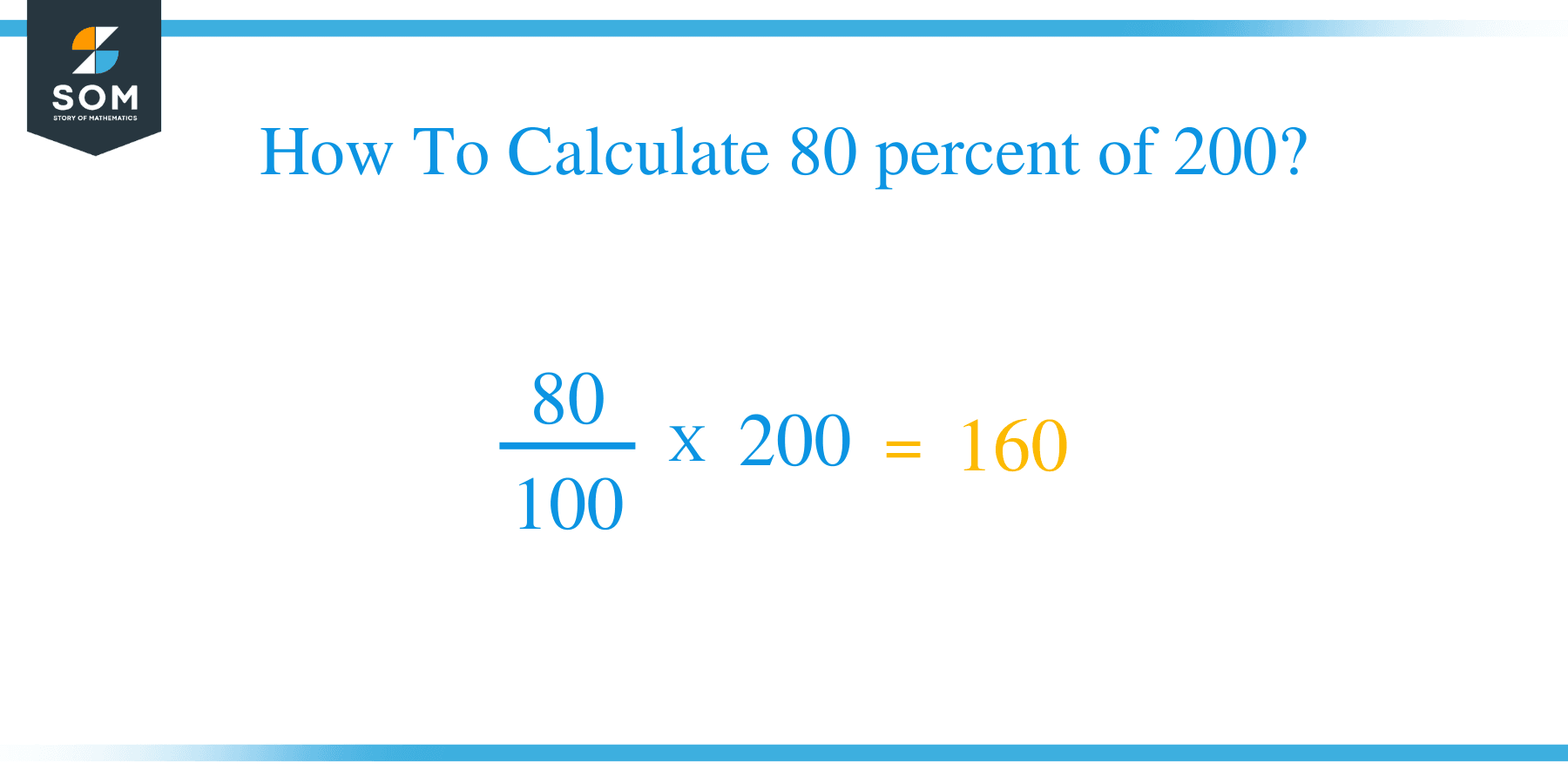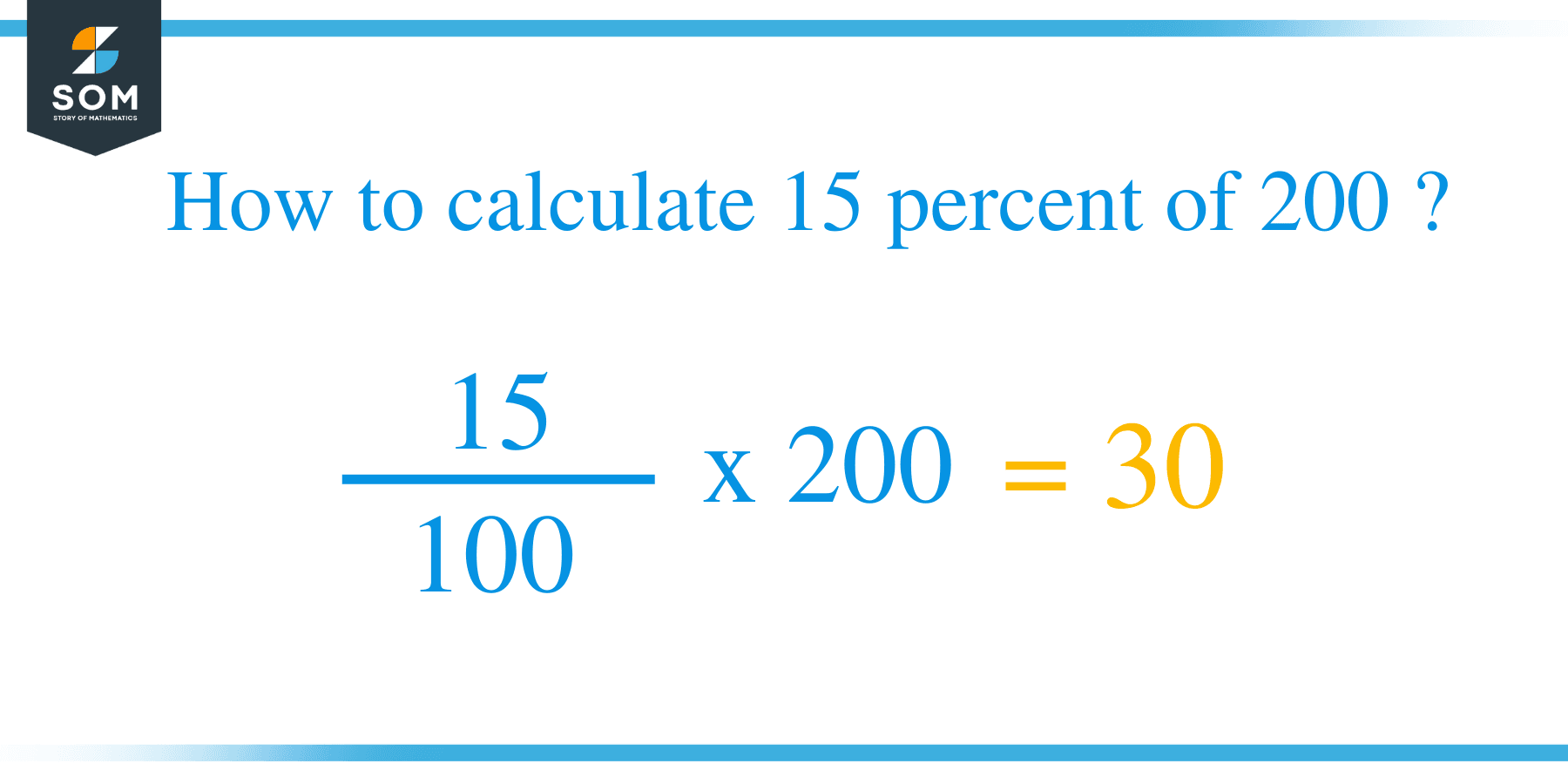200 Is What Percent Of 250

The calculation yielding the answer to "200 is what percent of 250" has sparked renewed interest in basic percentage problems. The answer, 80%, underscores the fundamentals of proportional reasoning.
This seemingly simple question highlights the importance of understanding percentage calculations in everyday scenarios, from financial planning to retail discounts.
The Core Calculation
The question "200 is what percent of 250" translates mathematically to finding 'x' in the equation: 200 = (x/100) * 250.
To solve for 'x', divide both sides by 250: 200/250 = x/100.
This simplifies to 0.8 = x/100, and then multiply both sides by 100: x = 80. Thus, 200 is 80% of 250.
Real-World Applications
Percentage calculations are crucial for understanding financial information, like interest rates on loans or returns on investments. In retail, discounts are often expressed as percentages.
For instance, a 20% off sale on an item costing $250 effectively means the item is reduced by $50 (20% of $250).
Therefore, the sale price is $200, demonstrating the direct relationship between percentages and real-world savings.
Percentage Increase/Decrease
Understanding percentage change is critical in many fields.
If a company's profits increased from $200 million to $250 million, the percentage increase would be calculated as (($250 - $200) / $200) * 100. This equals 25%.
Conversely, if sales decreased from $250 to $200, the percentage decrease would be (($200 - $250) / $250) * 100, resulting in a -20% change.
Percentage Points vs. Percentage
It is important to differentiate between percentage points and percentages. If an interest rate increases from 5% to 7%, this is a 2-percentage point increase.
The percentage increase is calculated as ((7-5)/5) * 100 = 40%.
Confusing these terms can lead to misinterpretations of data.
Who Uses Percentage Calculations?
Accountants routinely use percentage calculations for financial analysis. Marketers use them to track campaign performance, calculating conversion rates or click-through rates as percentages.
Statisticians rely on percentages for data analysis and representation. Everyone from business owners to everyday consumers makes use of percentage understanding.
Students learning math also encounter percentage problems, reinforcing the concept for future use.
Tools for Percentage Calculations
Numerous online percentage calculators are available. These tools simplify the process and reduce the risk of manual calculation errors.
Spreadsheet software like Microsoft Excel and Google Sheets include built-in percentage functions, offering versatility for complex analyses. Smartphones also include calculator apps.
Understanding the underlying formula is still crucial, even with these tools available.
Common Mistakes
A common error is misidentifying the base value. When calculating "200 is what percent of 250," 250 is the base value.
Another mistake is confusing percentage change formulas.
Careful attention to detail can prevent these mistakes.
Ongoing Developments
Educational resources continue to emphasize the importance of percentage calculations. Online learning platforms offer courses and tutorials on this topic.
The increasing amount of data in our world makes this skill more vital than ever. Data literacy is becoming an essential skill.
Refresher courses are available for professionals who wish to brush up on their math skills.


![200 Is What Percent Of 250 What is 20 Percent of 200? = 40 [With 2 Solutions]](https://timehackhero.com/wp-content/uploads/2024/01/What-is-20-Percent-of-200-40-With-2-Solutions.png)









![200 Is What Percent Of 250 134 is What Percent of 200? = 67% [With 2 Solutions]](https://timehackhero.com/wp-content/uploads/2024/03/134-is-What-Percent-of-200-1.png)





